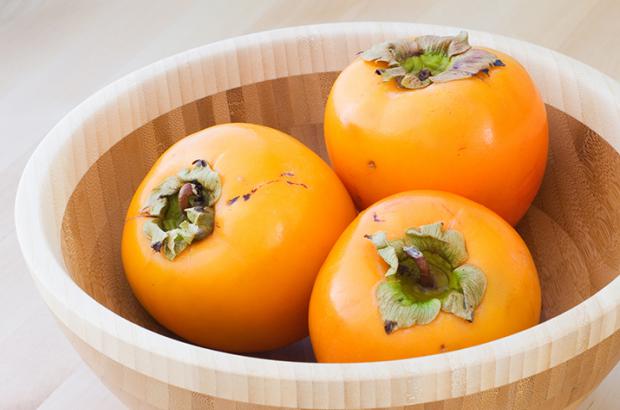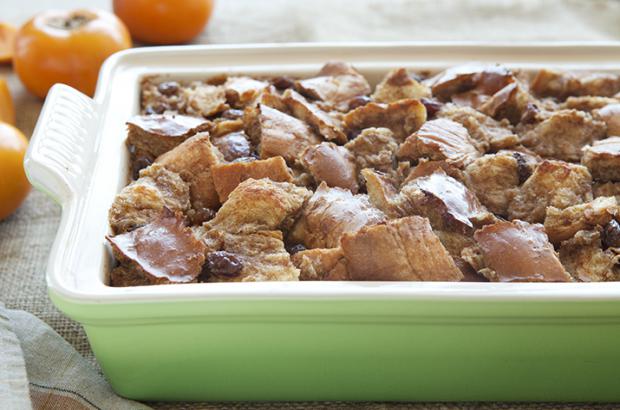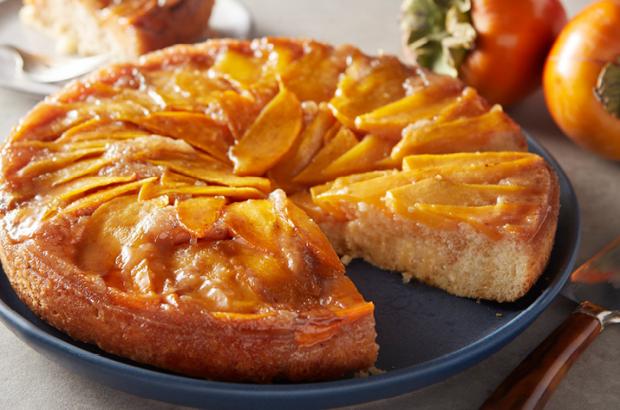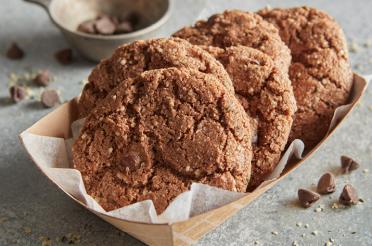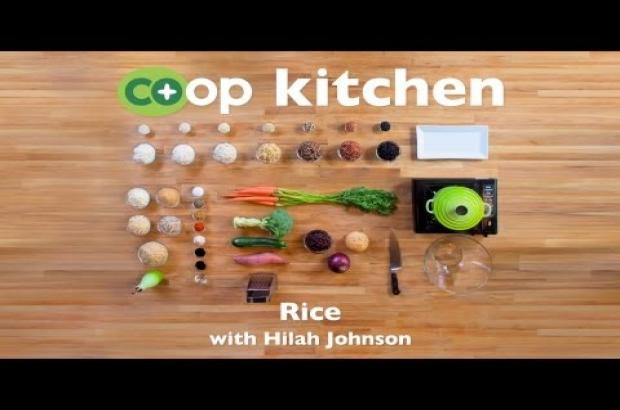Article
Persimmons
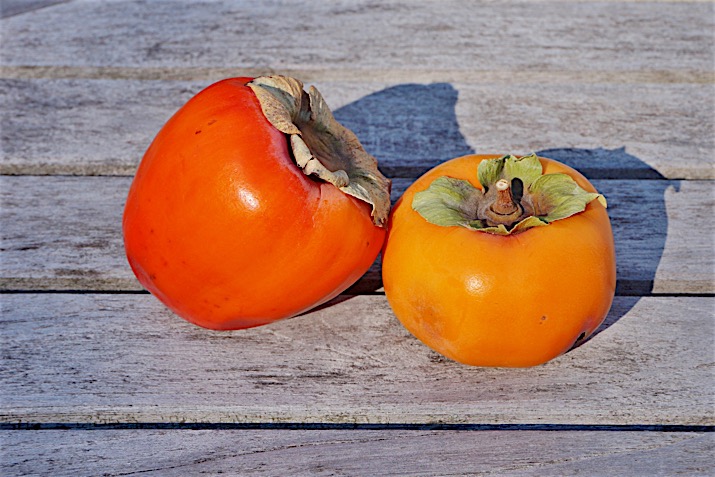
If you want to predict an upcoming winter's weather, all you need is a persimmon seed. According to folklore, slicing open a persimmon seed and examining the shape inside will tell you if you're in for icy, cutting winds (a knife-shape); a mild winter with light, powdery snow (a fork shape); or plenty of heavy, wet snow requiring lots of shoveling (a spoon shape). Of course, you'll want to use a persimmon that's as locally grown as possible!
Persimmons are an excellent source of fiber. They're rich in B complex vitamins and vitamins A and C. They also contain phytochemicals and healthy amounts of potassium, manganese, copper and phosphorus.
There are many varieties of persimmons. The American persimmon (Diospyros virginiana) is native to the southeastern United States, where it grows wild. This persimmon is plum-shaped, orange and waxy. The flavor is sweet and mellow when fully ripe, but it's pungent and astringent before then. Varieties of the common American persimmon include Even Golden, John Rick, Woolbright and Ennis.
When shopping for persimmons, though, you're more likely to come across one of two kinds of Asian persimmons (Diospyros kaki). One of these categories is called "sweet" or "non-astringent" persimmon, and the other is called "astringent" persimmon—a bit of a misnomer, because once fully ripe, it, too, is deliciously sweet.
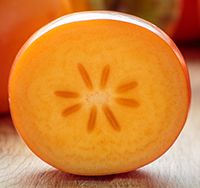
Sweet-from-the-start persimmons include Fuyu, Jiro, Izu and Suruga varieties. Originally from China, this persimmon was grown in Asia for centuries and now is also grown in California. Light orange/yellow and squat, the sweet persimmon is shaped a bit like a tomato. This type of persimmon is sweet enough to be eaten while it's still a little firm. With its crisp and crunchy texture at this point—something between an apple and an apricot—it's often eaten out of hand. The skin can be eaten or peeled.
Varieties of persimmons that are sweet once ripe— but astringent (as in nearly inedible) before they ripen—include Hachiya, Eureka, Honan Red and Saijo. These persimmons are longer than the sweet varieties. The most popular of the group, Hachiya, is heart-shaped and comes to a point at the bottom. They're also darker orange and considered more flavorful than the sweet varieties, but they're only delicious when you eat them at the right time—when very, very soft.
Serve sweet, non-astringent persimmon varieties that are firm enough to slice alongside cheeses like goat, feta, queso blanco and paneer—and a favorite wine. Toss chunks of them with other fall fruits, like apples and pears, to make a seasonal fruit salad, or feature them in jams, marmalades, chutneys, compotes and salsas. Or top some hardy bitter greens with persimmons, pomegranates and hazelnuts. For a surprising Caprese salad, pair these persimmons with mozzarella. Drop some fresh slices atop your morning cereal for an extra delicious start to your day, and broil and drizzle slices with honey for serving over ice cream or yogurt. For an impressive appetizer, serve persimmon slices with prosciutto or bresaola.
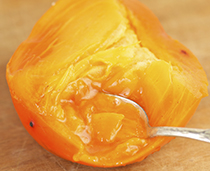
The persimmon varieties that must be fully ripe—and extremely soft— before you enjoy them can be eaten raw, with a spoon. To do this, make an X in the top, and peel back the skin a bit (the flesh is similar in texture to bananas and mangos). Top with cinnamon whipped cream and dig in.
You can also scoop out the sweet flesh of ripe, astringent persimmons and use it in smoothies or in cooking; because their pulp is often added to baked goods, these persimmons are referred to as "baking" persimmons. Include the flesh in breads, pies, cookies, cakes and steamed pudding. Use it to make sauce (like applesauce) and sorbet. For savory enjoyment, add the sweet, mashed flesh to marinades. Or combine it with a little oil and lemon juice and seasonings and use as a topping for bruschetta.
Persimmon pudding is a tradition in the American south. There's even an annual festival in its honor in Mitchell, Indiana, which features a persimmon pudding contest. Any type of persimmon may be used to concoct the pudding, though aficionados will debate which is best. Here's a Persimmon Pudding recipe from a five-time winner of the contest.
Persimmons are a fall fruit, usually available late September through December. Some varieties may show up in January, though, and even February.
Choose persimmons with deep coloring, and avoid those with bruises. Streaks of black are not a problem, though; they may even indicate sweetness. Unless the fruit is ripe—which most are not when still in the produce aisle—the perfect persimmon will have transparent, smooth, taut skin. The skin will begin to wrinkle as the persimmon ripens and the flesh inside softens. The Hachiya and other astringent varieties will be very soft to the touch and wrinkled before they're ready to eat.
Persimmons are best stored at room temperature, though they may be refrigerated for a day or two after ripening. Sweet, non-astringent varieties will stay firm for a couple of weeks. To ripen astringent varieties more quickly, place them in a brown paper bag with an apple.
Once you get to know persimmons and how to use them, you're sure to find at least one favorite way to indulge—whether it's biting into a Fuyu out of hand or scooping the flesh of a worth-the-wait Hachiya into a smoothie or pudding.

